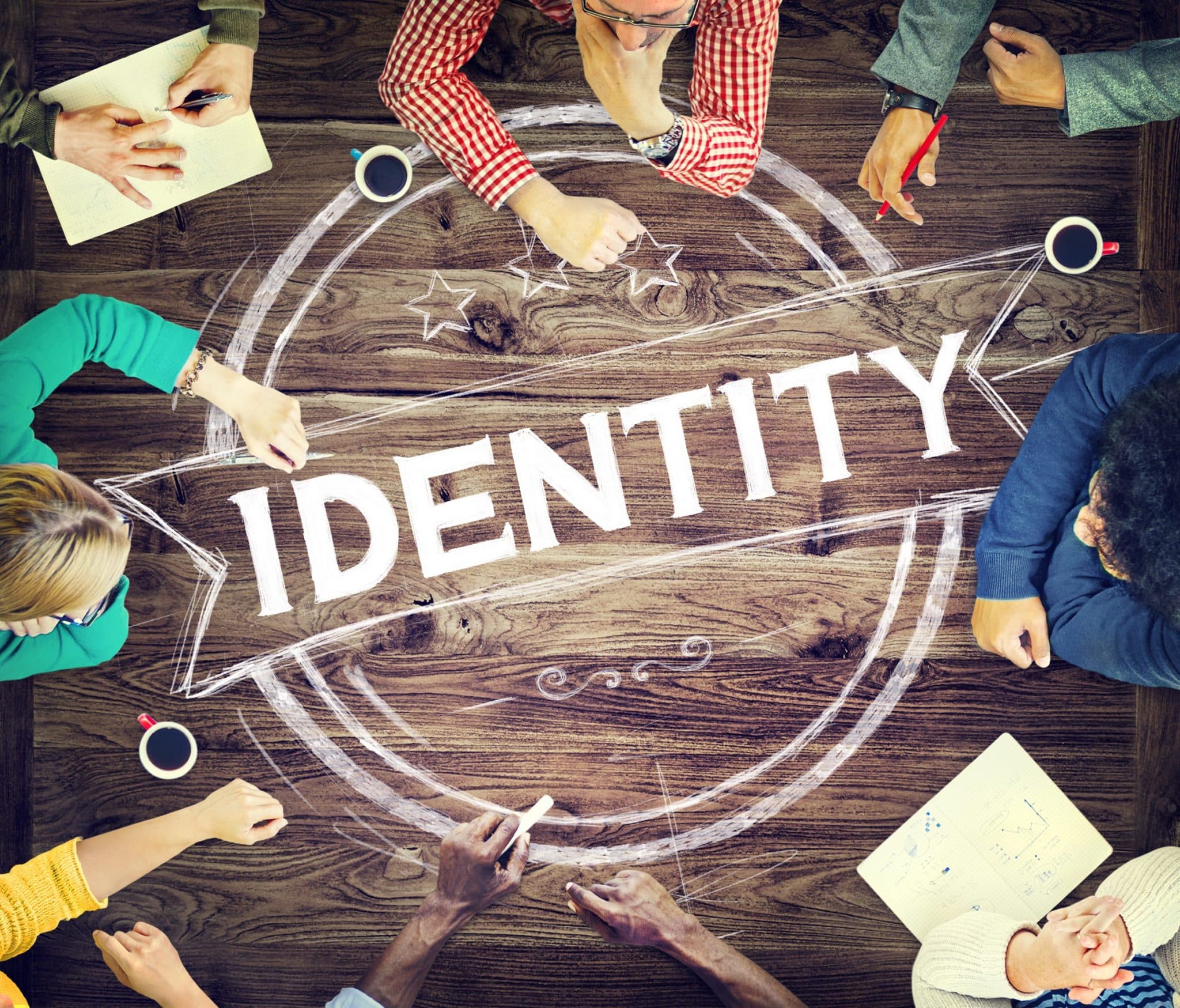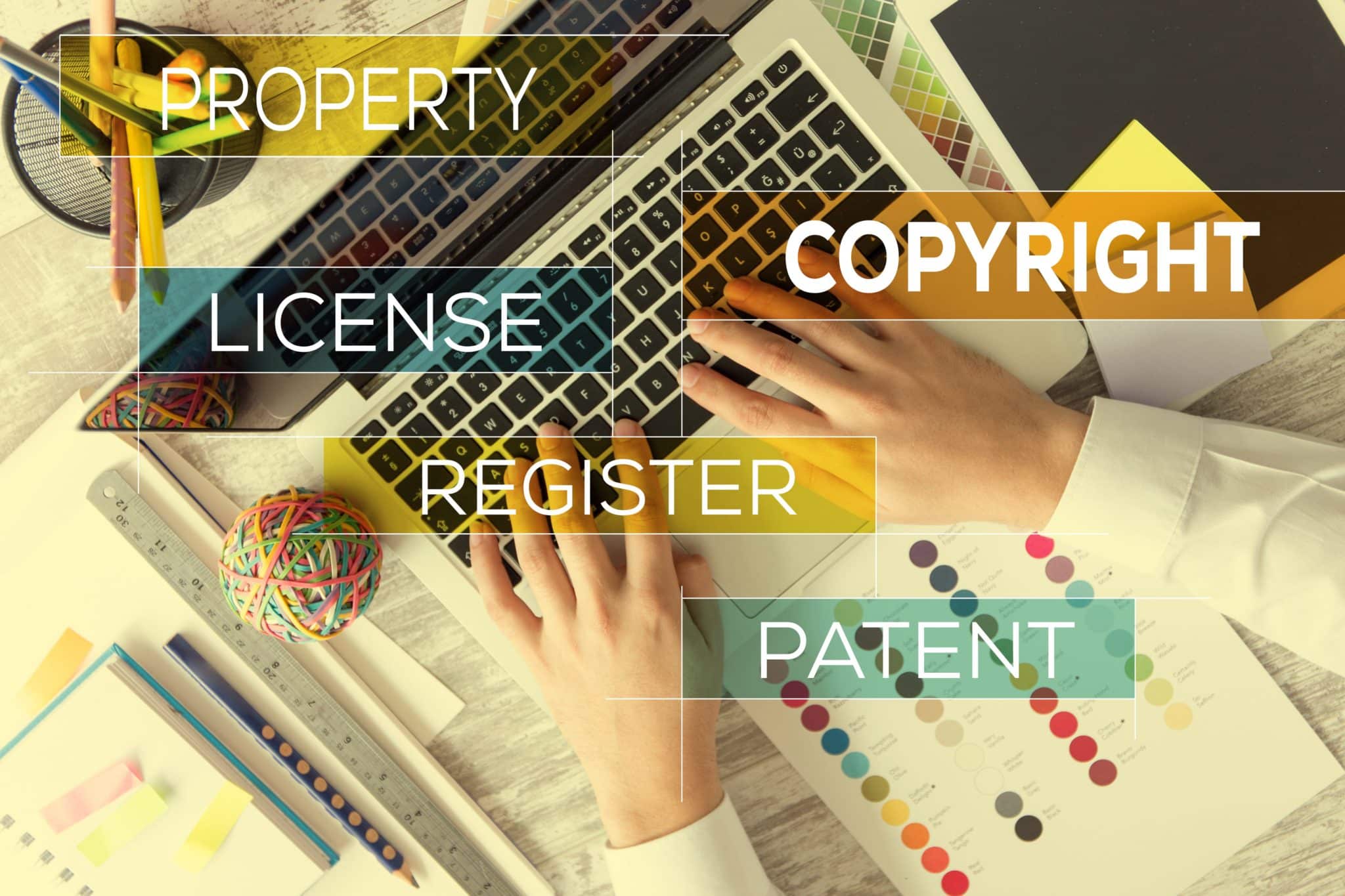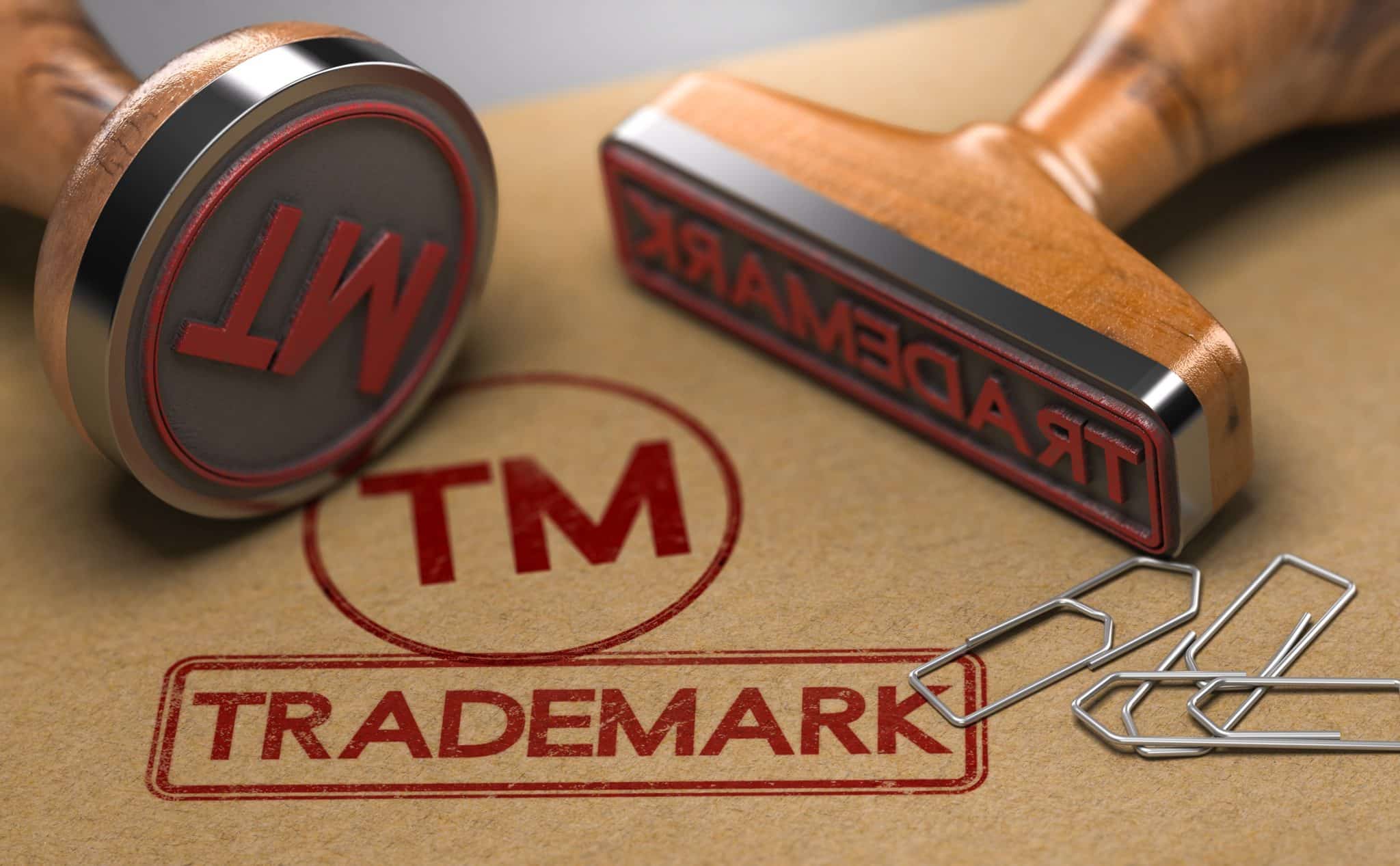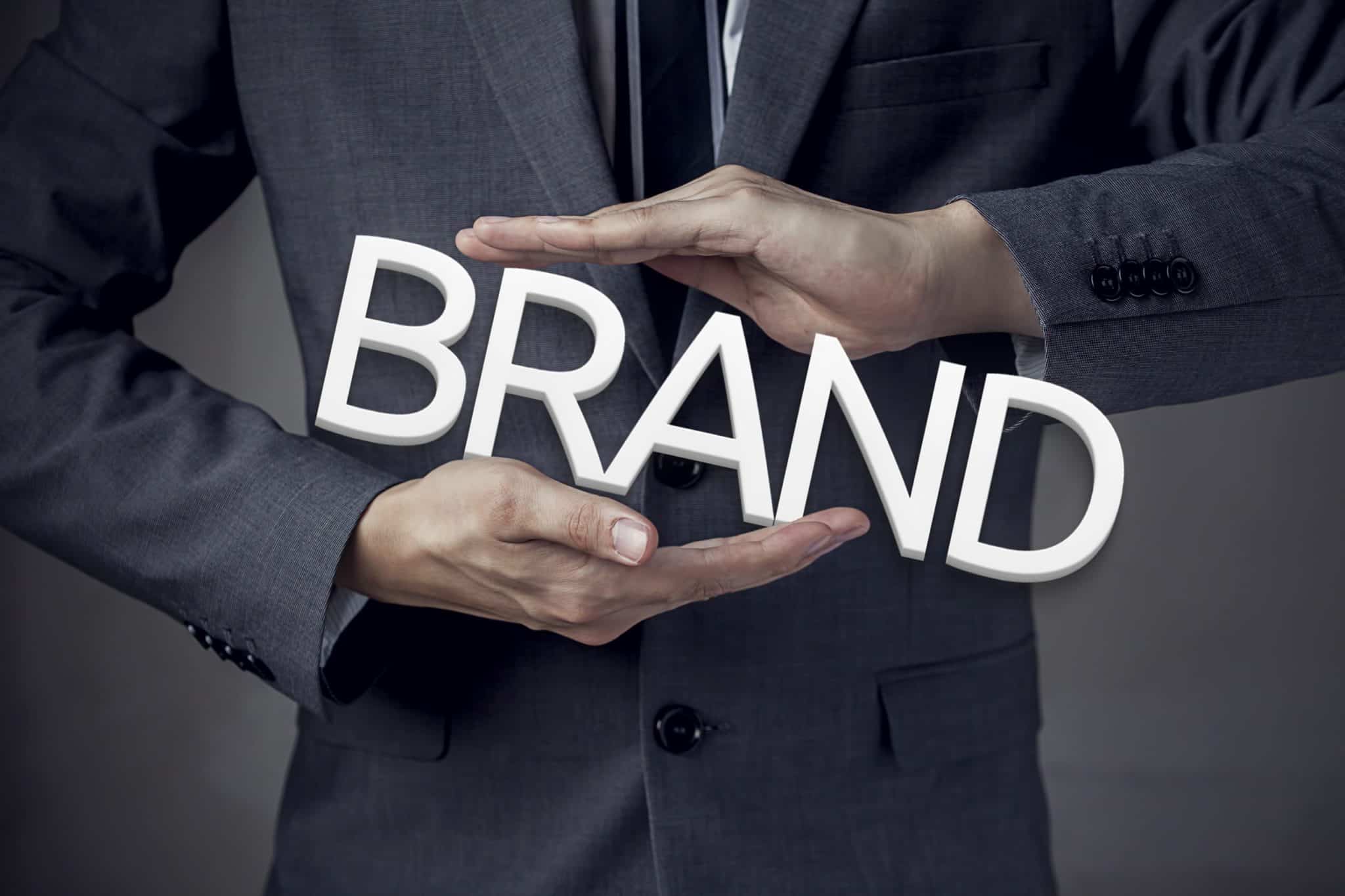You’ve been on an ultimate guide post before, but nothing THIS comprehensive. In this ultimate guide, you’ll learn everything you need to know about protecting your brand.
With brand lawsuits piling up on the daily, it’s become even more accessible for businesses to get sued. In fact, companies are facing billions of dollars of lawsuits in varying degrees.
Let’s make sure you’re not one of them!
In this guide, we’ll cover:
- What is a Brand?
- Brand Protection
- Brand Abuse
- Brand Copyrighting
- Brand Counterfeiting
- What Are Rogue Websites?
- What is Trademark Squatting?
- What is Patent Theft?
- What is Social Media Impersonation?
- How Can You Protect Your Brand
What is a Brand?
A strong brand can build trust with customers and tells them exactly what to expect from your products or services compared to competitors.
It can be used in:
- Business
- Marketing
- Advertising
A brand is one of the most important assets a company has.
However, it is crucial to remember that a brand is about how people perceive and feel towards a business.
There are two different types of branding: brand image and brand identity.
In order to implement it correctly into your business model, you must first understand the differences between the two.
Brand Identity
Your brand identity are your company’s visual elements and is the the foundation of how you want customers to recognize your business.

This can include:
- Name
- Logo
- Colors
- Fonts
- Design
- Trademarks
It’s important to have a strong brand identity because it will be the first thing people see when they’re introduced to the goods and services a business offers.
That is why a company’s brand identity should be visible in all marketing initiatives to ensure customers can easily identify it in a growing competitive market.
Brand Image
A brand’s image is how the public emotionally responds to a company. It reflects what people say and think about a business, based on their experiences, interactions, and observations.
Examples of brand image are:
- Product quality
- Company reputation
- Marketing strategies
- Customer service experience
Brand image is vital because it is the first thing that people see when they are exposed to a business. It is the most important factor in whether or not someone chooses to do business with a company.
That is why it’s essential for businesses to focus on creating a positive brand image that will stay with customers long after they’ve interacted with the company.
Overall, a brand the face of your business that customers will remember and recognize. It is what sets you apart from other businesses.
If you are a small business owner, you can learn more about branding here!
Brand Protection
Brand protection is the process of taking steps to ensure that a company’s brand is not damaged or diluted, and its intellectual property is not stolen by unauthorized use.
There are many ways you can protect your brand:
- Register trademarks or copyrights
- Enforce restrictions
- Trademark monitoring
- Take legal action
- Advertise safely and responsibly
- Educating customers and employees
Brand protection is important for businesses because it helps to safeguard their investment and protect their reputation. If a brand is not adequately protected, it can be easily harmed by competitors or counterfeiters.
By taking these measures to protect your brand, you can help ensure that your business is not diluted or affiliated with negative associations.
Brand Abuse
Brand abuse is a term used to describe when a company uses the same brand as another credible business in a way that is harmful and unlicensed by the original trademark owner.
According to a study by Atlas VPN, 45% of worldwide fraud attacks target brand names. The reason criminals target brands is because many people trust them.
However, this means that those criminals can also take advantage of that trust to trick people into doing business with them in order to commit fraud or steal money.
Some common examples of brand abuse are:
- Copyright Piracy
- Counterfeiting
- Rogue Websites
- Trademark Squatters
- Patent Theft
- Social Media Impersonation

To be more precise, brand abuse can include criminals using another brand’s name in advertising, or using a trademark in a way that confuses consumers into thinking that an unauthorized product is associated with a reputable business without the owner’s permission.
Let’s take a more detailed look at how you can protect your business from the different types of brand abuse!
Brand Copyrighting
A brand copyright is the legal process of registering a trademark for a brand with the government.
It protects the brand from being used by other businesses and ensures that only the registered business can use the trademark.
There are many different things a business can copyright:
- Website domains
- Business names
- Company logos
- Advertising slogans
- Designs & images
This provides the owner certain protections and allows them to pursue legal action against anyone who uses their brand for malicious intent without their consent.
Registering a copyright for your brand will give you control over how it’s used and which restrictions to put into place that prohibit its use without prior approval.
This will not only help protect your business from brand abuse, but it will also help you build a stronger brand identity that can be easily recognizable and defended.
Brand Counterfeiting
Brand counterfeiting is the process of illegally producing, selling, or distributing products with a trademark or trade name that is identical to (or substantially indistinguishable from) the products of another company.
This can be detrimental to companies because it can dilute the value of their trademarks and confuse consumers about the source of products, which could potentially lead to lost revenue.
Signs that a product might be counterfeited:
- It is advertised at a low price
- The packaging looks different
- The product quality is poor
- Sold in an unauthorized place
Counterfeiting is a serious issue that can negatively impact a brand’s reputation and bottom line.
That is why brand protection is essential for businesses that rely on their reputation, goodwill, customer service, and the quality of their goods and services to generate revenue.
What Are Rogue Websites?
These websites are fake versions of legitimate websites that are created with the intention of scamming users or stealing their personal information.
However, they can be very difficult to detect, as they often look very similar to the real thing.
Warning signs for rogue websites are:
- The URL is misspelled
- The contact information is fake or missing
- There are grammatical errors on the website
- It requests users for their personal information
There are a few things you can do to protect your brand against rogue websites.
First, make sure your website is registered with the appropriate domain authorities and that your site’s security certificate is up-to-date.
You should also monitor the internet for unauthorized use of your trademarks and copyrighted material, and take legal action against any rogue websites that infringe on your rights.
Finally, always be sure to provide clear and accurate contact information on your website, so that users can easily report any suspicious activity.
What Is Trademark Squatting?
Trademark squatting is when an uncertified business registers a trademark with the intention of making a profit in order to take advantage of another brand’s success.
In some case, trademark squatters will try to extort money from the owner or attempt to sell their intellectual property back to them at an inflated price.
This can be a serious problem for businesses, as it can damage their image and cost them a lot of money.
Here some tips to protect yourself from trademark squatters:
- Conduct a trademark search – this will help you identify potential squatters before filing for a trademark
- Monitor trademarks in other countries – this ensures that squatters don’t register your trademark for use in another country
- Register your trademark in multiple countries – this provides you with some legal protections against squatters
- Take legal action against squatters – this sends a message that you’re serious about protecting your intellectual property

Registering a trademark is important because it gives business owners the opportunity to stop trademark squatters in their tracks and blocking them from even attempting to use a brand without authorization.
If you are a business owner seeking to register your brand, you can apply for an official trademark with the United States Patent and Trademark Office (USPTO).
What Is Patent Theft?
Patent theft is the unauthorized use or reproduction of someone else’s patented invention. This can happen in a number of ways, including reverse engineering, industrial espionage, and online piracy.
This is a serious problem for respected businesses because it can lead to the loss of market share, revenue, and competitive advantage.
Theft can also occur when someone creates a knock-off of your product. This is especially prevalent in the fashion and beauty industry where trends move quickly and imitations are easy to produce.
To combat this, brands need to be vigilant about:
- Monitoring for infringement
- Investigating potential threats
- Researching the different types of patents
Protecting inventions against patent theft requires a proactive approach that includes measures like non-disclosure agreements, physical security, and cyber security.
It is also important to have a strong legal team in place that can quickly respond to any potential threats.
If you think your brand has been the victim of patent theft, contact a lawyer who specializes in intellectual property law. They will be able to advise you on the best course of action.
What Is Social Media Impersonation?
Social media impersonation is when another company creates a fake account on any social media platform pretending to be another business, and using that business’s brand.
There are a number of reasons that someone might imitate a reputable social media account, including fraud, phishing scams, and spreading misinformation.
There are a few key things you can do to protect your brand:
- Use a strong password
- Set all accounts to private
- Don’t share personal information
- Be careful when accepting friend requests
Impersonation is a serious problem because it can bring your business negative attention and potentially cost you money, especially if legal action is necessary.

That is why it is essential to maintain a strong online presence if you want to protect your brand from anyone who would seek to harm it.
Here are some more ways on how you can use social media in your small business.
How Can You Protect Your Brand?
There are many ways you can actively protect your brand, and the best approach will depend on the specific threats you face.
Some common methods include:
- Fighting rogue websites
- Registering your IP address
- Having your partners sign NDAs
- Registering for copyrights or trademarks
Whatever procedures you decide to use, it is important to have a plan in place so you can quickly and effectively respond to any threats that may come your way.
If you want to read some more tips on how to protect your brand, here is another one of our articles!
In Conclusion
Protecting a brand takes time and effort, but it is essential for businesses that want to ensure the quality and integrity of their products.
By following this guide, you will be able to safeguard your business’s image and trademarks, and protect your customers from brand abuse, like potentially dangerous counterfeits.
If you have any questions about how to protect your brand, or have any more ideas on how to protects brands from fraud, let us know in the comment section below!

